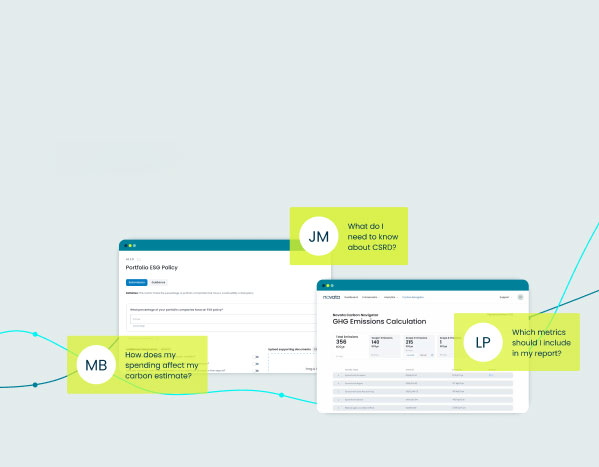Over the past two years, the COVID-19 pandemic has brought with it both challenges and opportunities for the world of work, and women especially – and in particular, women of color – have borne the brunt of these impacts. One year into the pandemic, more than 2 million women left the U.S. workforce, amounting to an estimated $64.5 billion per year in lost wages and economic activity. And as of January 2022, women still remain short by 1.8 million jobs lost since February 2020. As companies return to “normal” office working environments, corporate leaders have a unique and once-in-a-generation opportunity to put policies in place that foster more inclusive cultures.
While women’s workplace well-being was suffering long before the pandemic – particularly for women of color who were experiencing higher rates of burnout – 80% of women surveyed by Deloitte said their workloads have increased because of the pandemic and 66% reported having more responsibilities at home. A survey from MetLife found that although nearly one in five women said they’ve been pushed out of the labor force, two of every three pushed out said they plan to return.
Organizations, both private and public, can seize this moment of the pandemic as an opportunity to reset and evaluate strategies to both engage and retain women who are still in the workforce and better recruit those who plan to return. For corporate leaders looking to take action in this moment, here are some strategies to support working women:
- Provide flexibility in how and where employees work.
- 80% of women are looking for increased flexibility from their employers. Consider how to best support a diverse workforce by enabling employees to choose the hours that best fit their schedules – providing both remote and in-office options.
- People who work for companies that allow flexibility in where they work reported 43% higher productivity scores and those working for companies that allow flexibility in when they work reported 53% higher productivity.
- Offer innovative and expansive benefit packages.
- The pandemic exacerbated challenges within the existing child care landscape, making it increasingly critical to offer caregiving benefits – such as fully subsidized child care and expanded paid parental leave for all parents – in order to keep women in the workforce.
- Additional caregiver benefits, more paid time off, paid sick and mental health leave, and health and well-being benefits should be offered to employees.
- Consider how you can make financial support for fertility treatment and adoption part of the packages you offer. Family planning benefits are important to creating an inclusive workplace.
- Ask your leaders of all genders to take the time off that is offered to them, modeling the importance and accessibility of using these benefits to the rest of the team.
- Assess gender equality within the organization.
- Conduct an assessment of workforce demographics at different levels within the organization. Design an ambitious strategy for hiring and promoting women employees.
- While slow progress has been made in addressing pay equity, the impacts of the pandemic are likely to worsen how women fare. Conduct a gender pay gap analysis, lay out targets for improvement, and measure progress to ensure equal pay.
- Enact meaningful anti-discrimination policies.
- Create strong grievance mechanisms to ensure women have a safe avenue to report any alleged breach of company policy. Ensure that there is an impartial and trustworthy review process.
- The federal government is about to prohibit forced mandatory arbitration clauses for sexual assault and harassment claims. Remove forced arbitration clauses in employee contracts more generally.
A key component of tracking performance on the “S” of ESG is measuring how companies hire, engage, and take care of their employees. Increasingly, corporate leaders face pressure from institutional investors, activist shareholders, potential employees, and customers to increase representation and ensure equal compensation for women, making this issue not just a moral imperative but a financial imperative.
Studies show that prioritizing the well-being of women in the workforce leads to organization-wide benefits. When women feel supported by their employers, they report better mental well-being, motivation, productivity, and loyalty to their employers. And furthermore, gender-diverse companies have been shown to have financial advantages over their peers. Start tracking your company’s progress on important metrics, including gender pay equity, board diversity, and workforce diversity. Beginning to track these key measures of progress is a critical first step on the road to improving working conditions for women – both as they return to the post-pandemic workforce and, hopefully, remain there in the long term.






